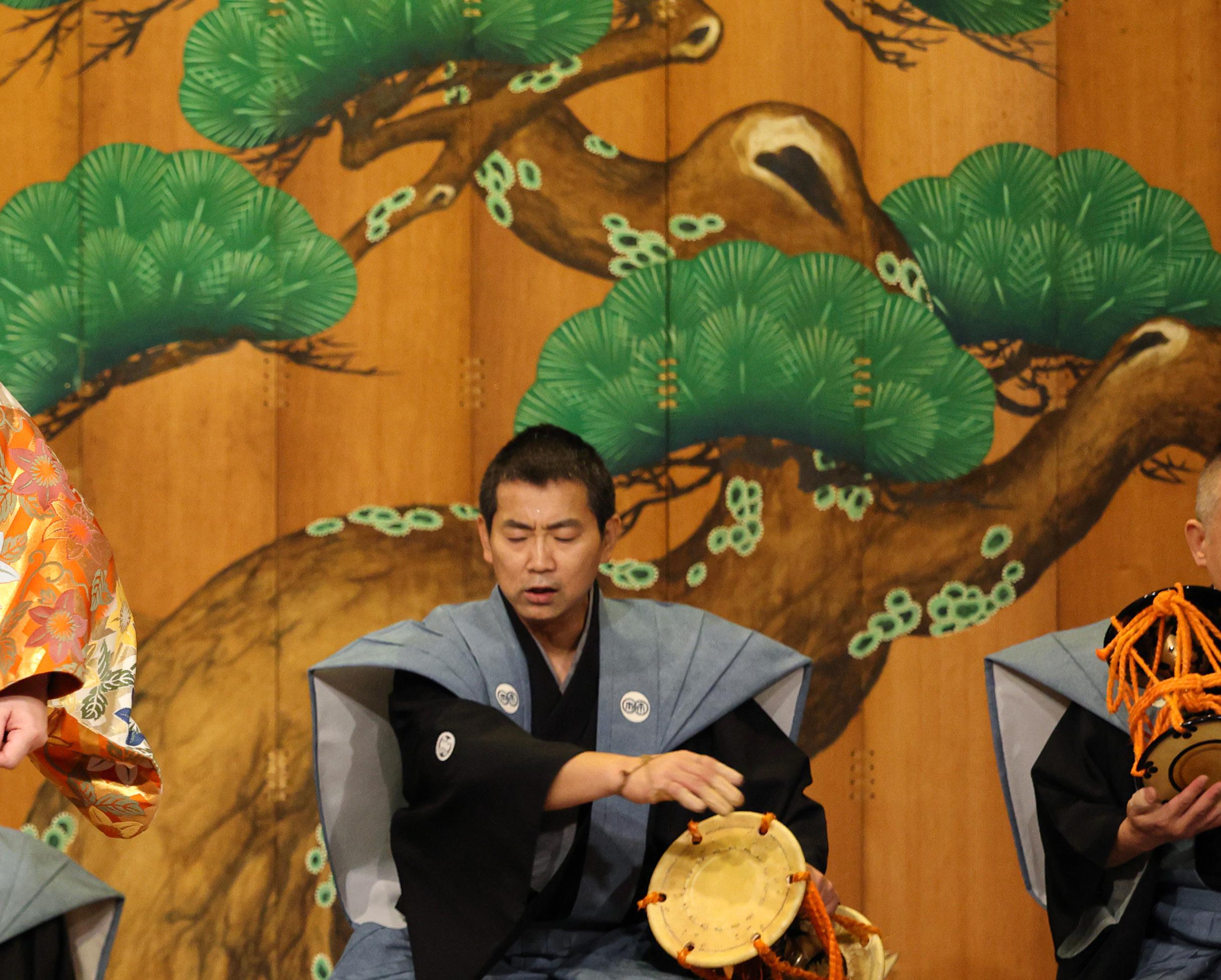
3 minute read
Sado for all seasons
Click here to discover the best places to watch noh across Sado.
01
Advertisement
The z-shaped island of Sado was once the final destination of exiled court nobles and intellectuals who lost in politics. But in the 12th century, the Japanese discovered gold here, and suddenly this sleepy island was changed forever. Alongside the golden boom, rice terraces and agriculture flourished; these days, Sado is also known for some of the best produce in the country.
Time for theatre
While noh – a form of classical dancedrama – has been performed across Japan since the 1300s, it’s particularly revered on Sado, where playwright Zeami was exiled, and subsequently brought the art to life. The performances were originally used to celebrate the gods, later becoming a form of entertainment for the elite. At the peak of its popularity, Sado had 200 noh stages; 30 remain today, representing a third of all Japan’s noh stages.
02
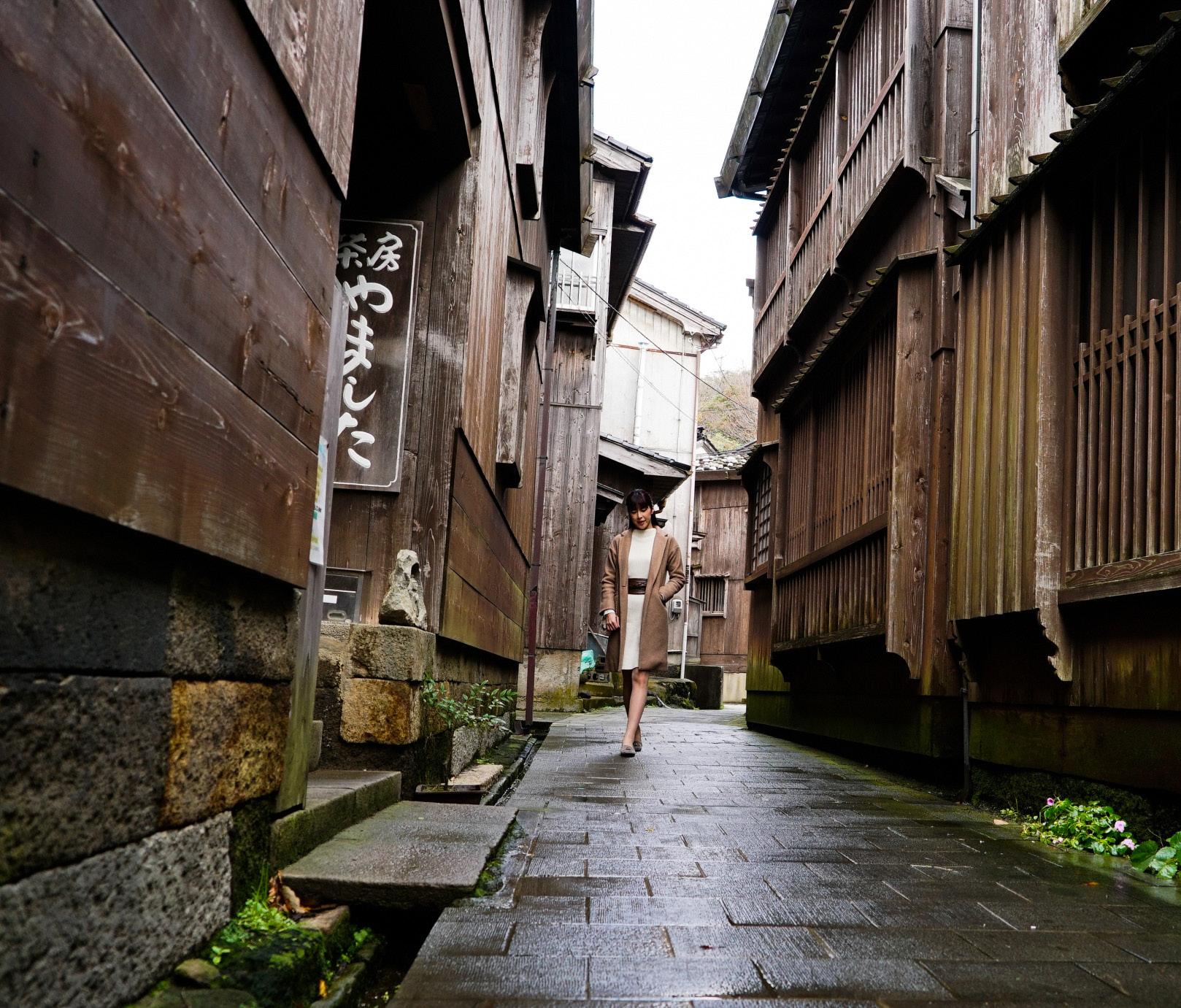
Stroll Shukunegi
Shukunegi Village is a pretty historic pocket of Sado island, which, to this day, remains relatively untouched by modern development. Featuring snaking narrow alleys, small canals and gracefully ageing double-storey wooden houses, it’s like a living snapshot of a bygone era.
Golden tour
Sado Kinzan was once the most productive gold mine in Japan, and a lucrative income source for the Tokugawa Shogunate. Travellers can learn about gold production as they wander the site’s winding passageways, dotted with informative displays and life-like miner robots.

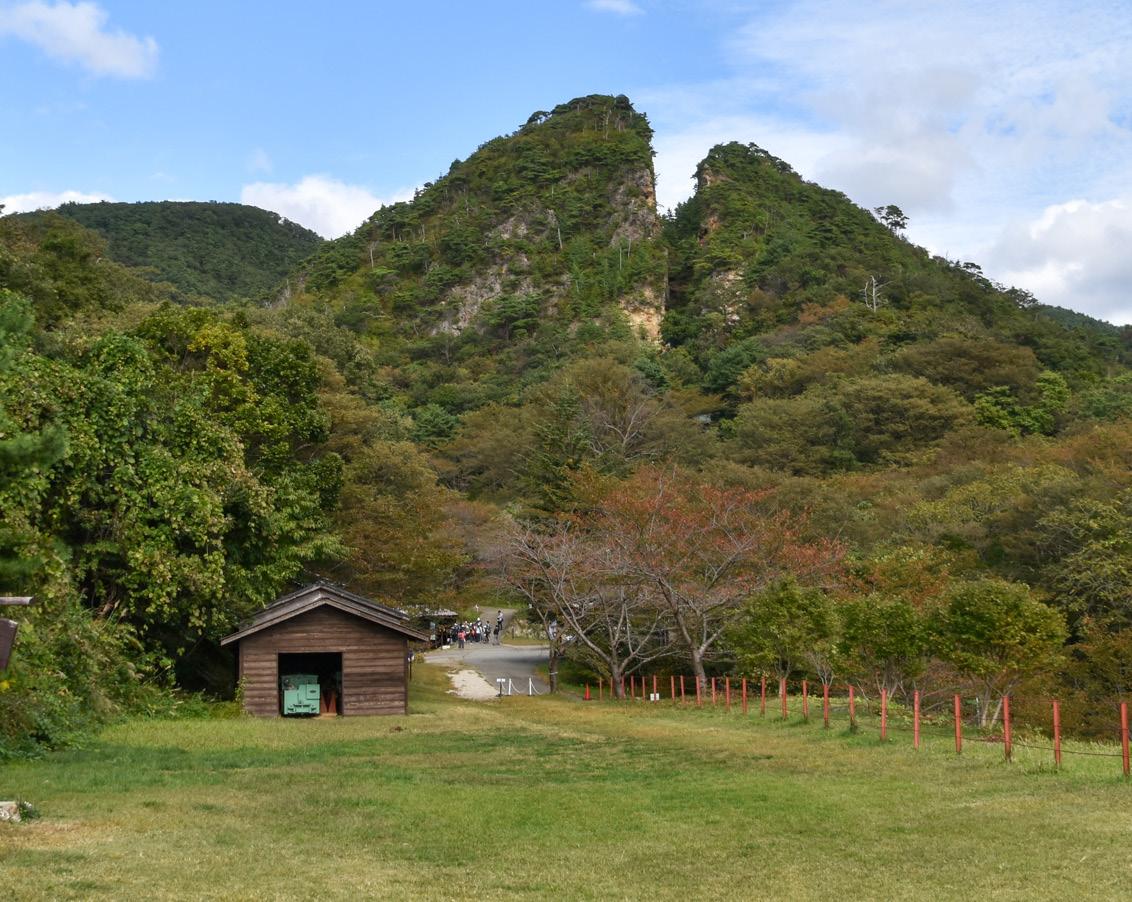
04
03
Float your boat
The tarai boat, also colloquially known as ‘tub boat,’ tour offered by Yajima Taiken Koryukan centre is one of Japan’s most unique sailing experiences. These small, but sturdy, shallow-barrel boats were designed in the mid-late 1800s, initially to be used as transportation for locals collecting seaweed and shellfish, and fishing on the calm waters of Sado.
01 A noh theatre performance 02 Wandering the alleys of Shukunegi Village 03 Exploring Sado Kinzan, a former gold mine 04 A ‘tub boat’ © Shutterstock
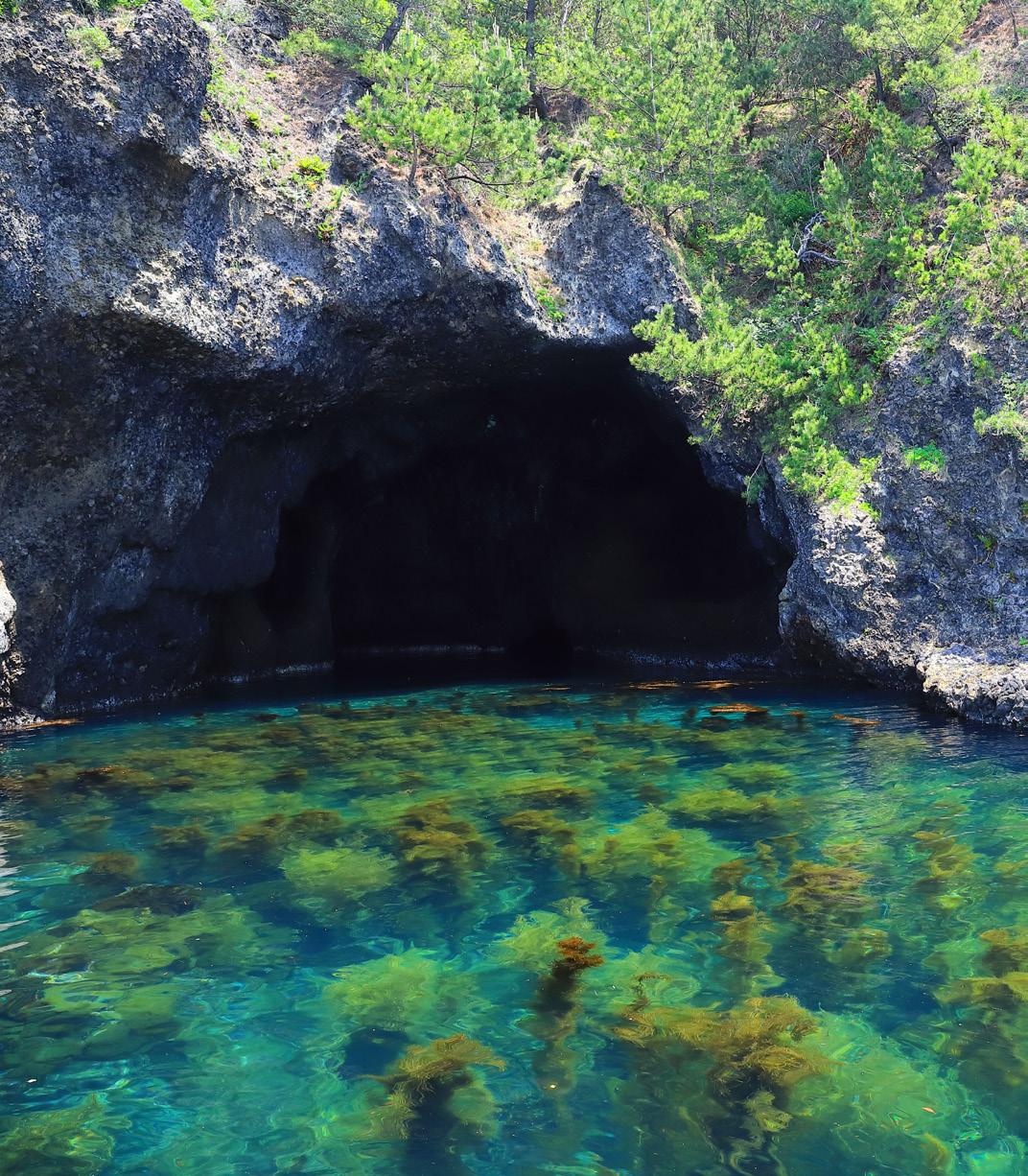
05
Secret grotto
To see Sado from a new perspective, hop on a boat and take a cruise to the island’s mesmerising deep-blue Ryuodo Caves, also known as Sado’s ‘Blue Grotto’. There are 11 ‘sea caves’ on the Ogi Peninsula, but this is one of the biggest and most impressive systems.
Night view
Once a massive industrial powerhouse, the Kitazawa Flotation plant was abandoned and left to be reclaimed by nature in the 1950s. It’s now a National Historic site and home to an impressive nighttime LED light display that is not to be missed.
Beat your drum
The Sado Island Taiko Centre (also known as Tatakokan) is the headquarters of Kodo, Japan, and potentially the world’s most famous taiko drumming collective. Visitors here can get involved by taking lessons taught by members.
Sample sake
Niigata is known for its high-quality rice; as a result, it’s an excellent destination for sampling some of the nation’s finest sake. Hokusetsu Shuzo Sake Brewery, established in 1872, supplies sake to sushi chain Nobu in New York, Los Angeles, London, Milan and Dubai.
From Niigata Train Station, it’s a short bus or taxi ride to Niigata Port. There are six daily ferries from here to Sado, with the journey taking about 2.5 hours; there’s also a fast-speed jetfoil that will zip you to the island in just 65 minutes.
06
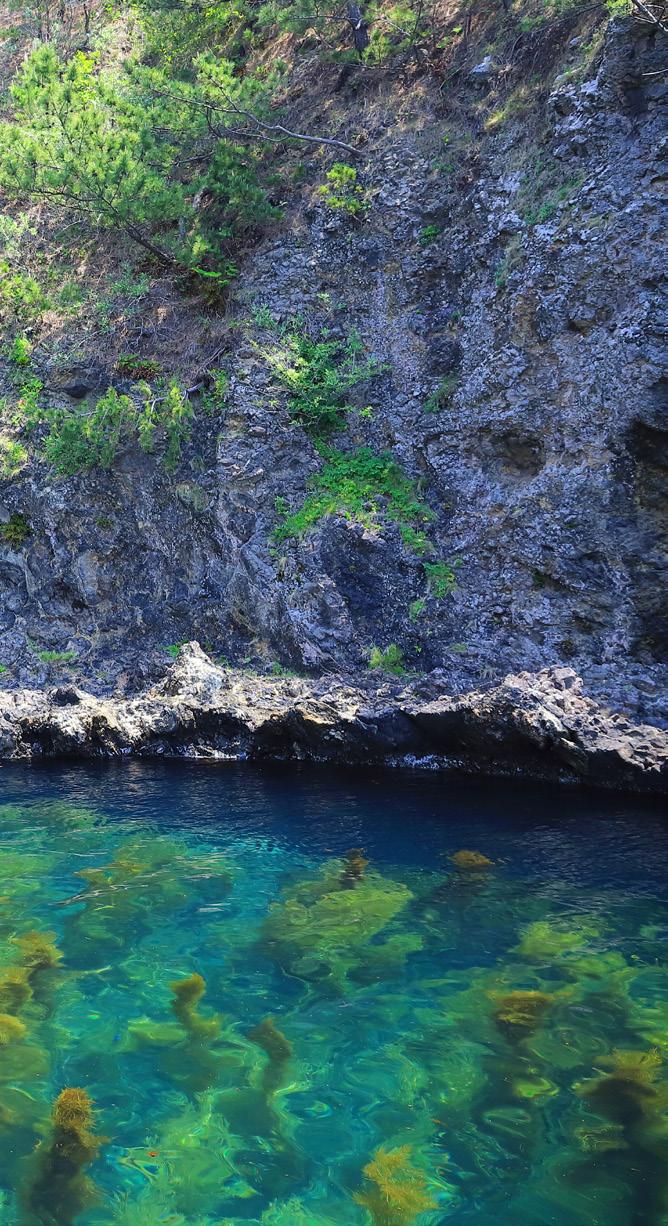

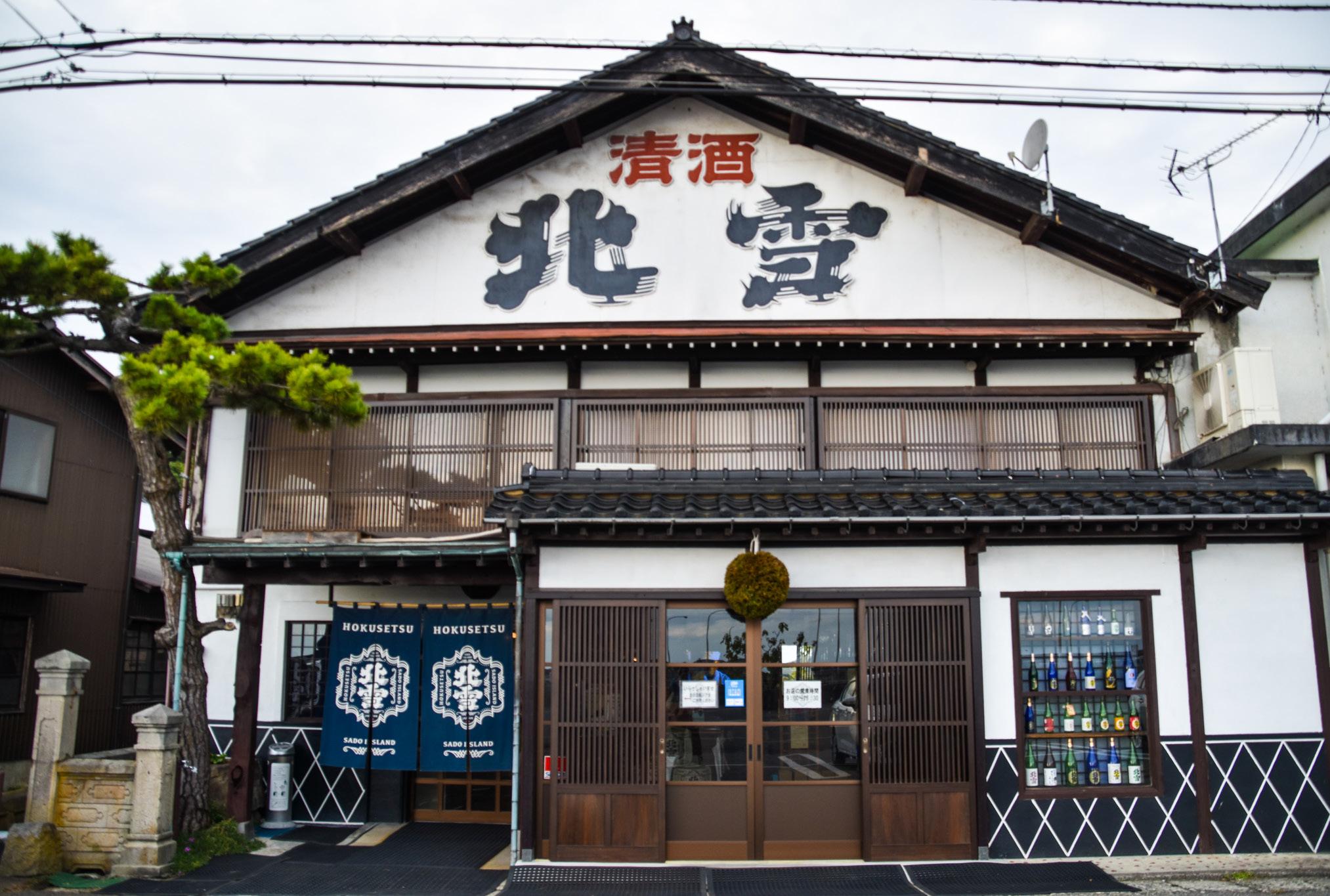
05 The welcoming waters of the Blue Grotto 06, 07 Taiko drumming © Lucy Dayman 07 The welcoming waters of the Blue Grotto 08 Hokusetsu Sake Brewery on Sado Island
07
08



05 The welcoming waters of the Blue Grotto 06, 07 Taiko drumming © Lucy Dayman 08 Hokusetsu Sake Brewery on Sado Island
07
08




